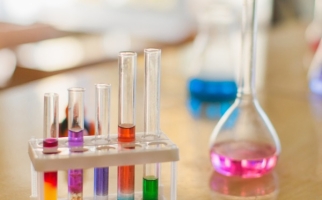
Exploring Physical and Chemical Changes
Lessons
Students observe and classify physical and chemical changes of matter.

Mike Stanzel
Career Profiles
Technical Sales Manager

Megan Katz
Prosthetic Technician
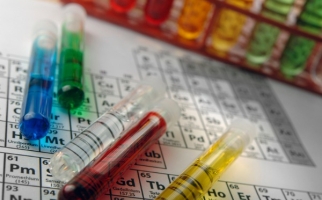
Describing and Classifying Matter
Backgrounders
Learn about the physical and chemical properties of matter.
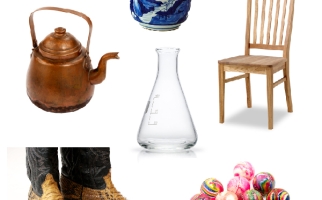
Types of Materials
Backgrounders
Descriptions and properties of common materials such as wood, metal, glass, plastics, ceramics and paper.
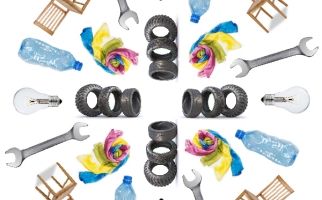
Properties of Materials
Picture Collections
10 images showing objects that are hard, soft, flexible, rigid, rough, smooth, strong, fragile, buoyant and non-buoyant

The Solutioneers Week 2: Ready to Roll
Interactives
This week's episodes and hands-on activity explore re-engineering.
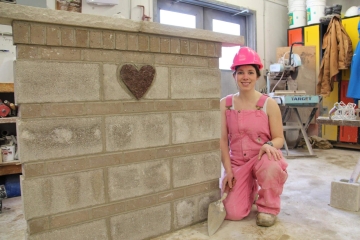
Ashley Ritchie
Bricklaying Apprentice
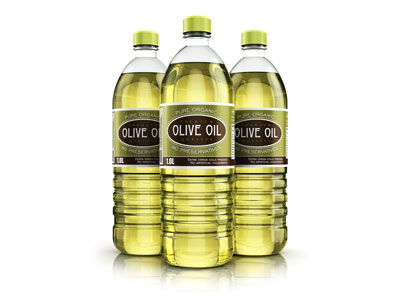
Why do oil and water not mix?
Hands-on Activities
What chemistry determines how oil and water behave when mixed? Explore the mixing of oil and water and the density of liquids in this activity.
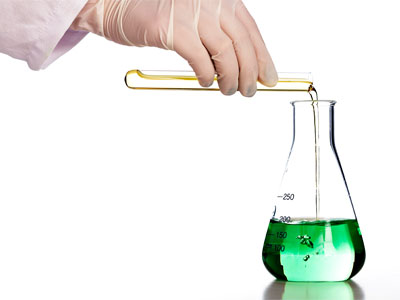
What is immiscibility?
Hands-on Activities
Creating mixture of liquids can be very useful, but why do some liquids not mix well? Learn what causes liquids to be immiscible.
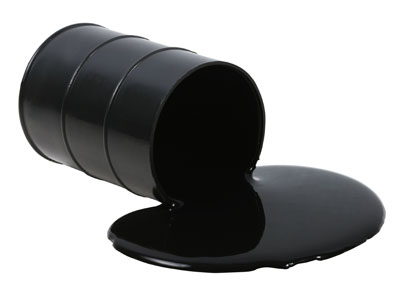
What is the best way to clean up an oil spill?
Hands-on Activities
Learn about the properties of materials and the challenges of cleaning up an oil spill in this activity.
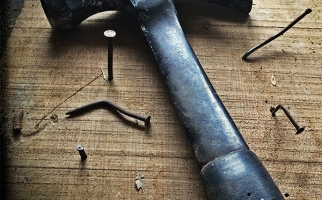
Which Fastener is Best?
Lessons
Students will learn about the different types of fasteners to investigate which fastener is best for a particular material or job and why.
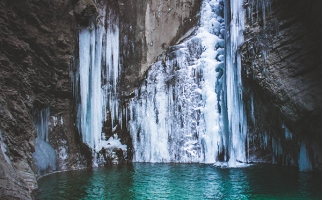
Properties of Liquids and Solids
Lessons
Students develop and apply observing, comparing & contrasting and predicting skills as they explore the properties of common liquids and solids.
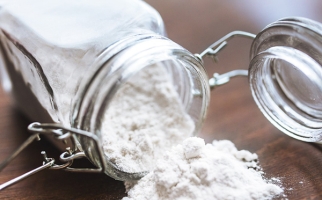
Mystery Powders
Lessons
Students investigate the properties of a variety of everyday solids (powders) and liquids to determine the identity of an unknown solid (mystery powder).
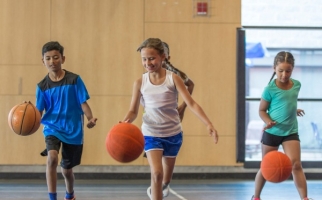
Objects that Bounce
Lessons
Students develop and apply comparing & contrasting, observing, and predicting as they investigate the properties of familiar objects and materials.